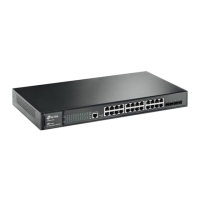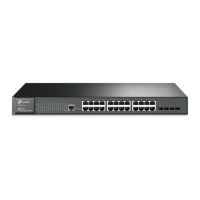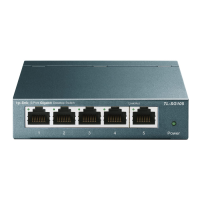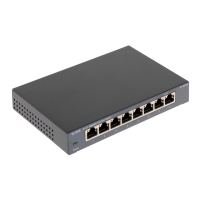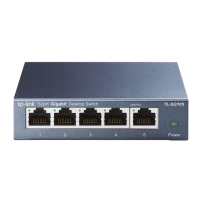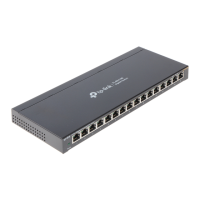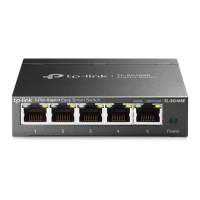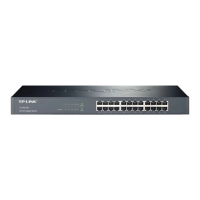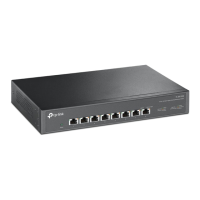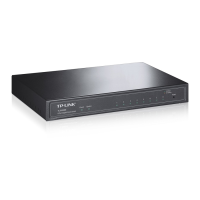21
can use link-local addresses to communicate; the nodes do not need globally unique
addresses to communicate. The figure below shows the structure of a link-local
address.
Figure 4-9
Link-local Address Format
IPv6 devices must not forward packets that have link-local source or destination
addresses to other links.
Note:
You can configure multiple IPv6 addresses per interface, but only one link-local address.
IPv6 Neighbor Discovery
The IPv6 neighbor discovery process uses ICMP messages and solicited-node multicast
addresses to determine the link-layer address of a neighbor on the same network (local link),
verify the reachability of a neighbor, and track neighboring devices.
1. IPv6 Neighbor Solicitation Message
A value of 135 in the Type field of the ICMP packet header identifies a neighbor solicitation
(NS) message. Neighbor solicitation messages are sent on the local link when a node wants
to determine the link-layer address of another node on the same local link. After receiving
the neighbor solicitation message, the destination node replies by sending a neighbor
advertisement (NA) message, which has a value of 136 in the Type field of the ICMP packet
header, on the local link. After the source node receives the neighbor advertisement, the
source node and destination node can communicate.
Neighbor advertisement messages are also sent when there is a change in the link-layer
address of a node on a local link.
Neighbor solicitation messages are also used to verify the reachability of a neighbor after
the link-layer address of a neighbor is identified.
Neighbor solicitation messages are also used in the stateless autoconfiguration process to
verify the uniqueness of unicast IPv6 addresses before the addresses are assigned to an
interface. Duplicate address detection is performed first on a new, link-local IPv6 address
before the address is assigned to an interface (the new address remains in a tentative state
while duplicate address detection is performed). Specifically, a node sends a neighbor
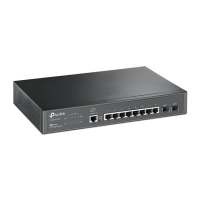
